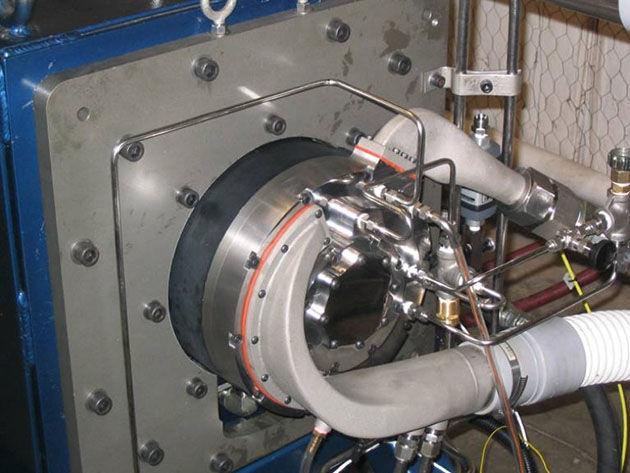Over the past 200 years scientists and engineers have worked tirelessly to perfect the heart of any vehicle — the engine. However, with the increased pressure to go “green,” many automakers have turned their attention to electric vehicles at the cost of research into more groundbreaking technologies such as one I came across in a graduate seminar.
The StarRotor engine developed by A&M professor Mark Holtzapple is as green as it gets. It eliminates the emissions problem by dramatically improving efficiency and most importantly, it makes no compromise on performance like EVs do.
EVs and hybrids, although impressive, don’t compel most users to pay extra money for a car that might otherwise cost thousands less and not make car maintenance a lifelong science project. The StarRotor engine, in contrast, uses the same old combustion principles except it powers a vehicle twice as efficiently as a piston engine and with minimal pollutants. In theory at least it reduces the need to go electric.
The internal combustion engine, ICE, is inherently dirty. It does three major functions in the same volume — compression, combustion and expansion — and it doesn’t do any of them particularly well. Also, about one-third of the energy is sucked out of the walls through the radiator. Holtzapple’s StarRotor engine separates the compression, combustion and expansion processes to achieve high efficiency for each functionality and the fuel doesn’t even have to be gasoline. It can run on vegetable oil too.
Traditional gasoline engines are restricted to efficiencies around 20 to 25 percent. The StarRotor engine however may achieve up to 60 percent efficiency and produces fewer pollutants. A striking feature of its design is that it has no radiator.
Theoretically, a Volkswagen L1 concept car can run up to 274 miles a gallon with the StarRotor Engine — just under three gallons of fuel to travel from New York to Chicago. However, Holtzapple’s ultimate quest of commercializing the StarRotor engine for domestic transportation has not been without considerable roadblocks.
“Despite the obvious benefits of our engine the automakers are unwilling to make design shifts or alter production processes that have been established over a long period of time. It’s a mature technology and has worked now for 200 years,” Holtzapple said.
He argued that auto-manufacturers would rather invest in a technology such as the fuel cell vehicle or EV’s than explore alternatives to the conventional engine.
Hearing Mark Holtzapple so passionately describe the StarRotor engine — the result of 20 years of research — convinced me that automakers ought to at least fund a prototype. It also made me wonder how many such groundbreaking technologies must exist out there that don’t see the light of day because they challenge the tried and tested.
Srinivas Harshal is an electrical engineering graduate student and SciTech writer for The Battalion.


























